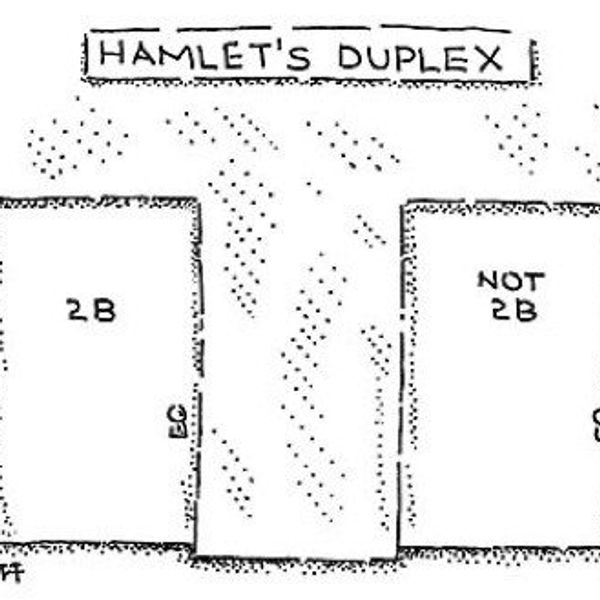Recently throughout the news, social media, and other forms of mass media consumption the US public has been forced to come to terms with systematic and institutionalized racism. Sadly, the WASP, white Anglo-Saxon protestants, in the US still find it a mystery as to why people of color are infuriated. Little do non-people of color know, slavery still exists in the US, especially through the prison industry. According to the 13th Amendment of the US Constitution, “Neither slavery nor involuntary servitude, except as a punishment for crime whereof the party shall have been duly convicted, shall exist within the United States, or any place subject to their jurisdiction”, meaning that slavery is completely legal as long as a human has a criminal background. Angela Davis, the writer of Masked Racism: Reflections on the Prison Industrial Complex, explains the modern-day slavery in the US through her use of logos and pathos, by using these two forms of rhetoric she is able to show how the prison system negatively affects the non-white population, and give well informed facts.
Davis states that,
“Almost two million people are currently locked up in the immense network of U.S. prisons and jails. More than 70 percent of the imprisoned population are people of color.”
The problem in the US is not people of color breaking the law and then having to suffer the consequences of their actions, the problem is that the prison industry is a new found form of racism. People of color make up 70% of the prison population, yet whites compose 69.4% of all arrest made in the US, according to the FBI. People of color are most likely to receive harsher sentences than whites, for an example the cases of Brock Turner and Brian Banks. Brock Turner, a white male, who is a former swimmer for Sanford University that was convicted for rape in May 2016. Turner was caught in the act by two Swedish wrestlers, and then wrestled to the ground, Turner was later sentenced to 3 months in jail. Brian Banks, a black man, was 16 when we was falsely accused of rape, he would later be sentenced as an adult to serve 6 years. Banks would later be released 5 years into his sentence after he victim recanted her statement. In the US “justice” system, the goal is to fill prisons with what Davis calls, “...bodies destined for profitable punishment”. Imprisoning parental figures of non-white communities create an everlasting profit, and this is why so many people of color are struggling.
The prison system helps promote the image that people of color are savages. Davis promotes the use of pathos when she states,
“Black, Latino, Native American, and many Asian youth are portrayed as the purveyors of violence, traffickers of drugs, and as envious of commodities that they have no right to possess. Young black and Latina women are represented as sexually promiscuous and as indiscriminately propagating babies and poverty. Criminality and deviance are racialized. Surveillance is thus focused on communities of color, immigrants, the unemployed, the undereducated, the homeless, and in general on those who have a diminishing claim to social resources. Their claim to social resources continues to diminish in large part because law enforcement and penal measures increasingly devour these resources. The prison industrial complex has thus created a vicious cycle of punishment which only further impoverishes those whose impoverishment is supposedly ‘solved’ by imprisonment.”
Imagine driving through a low-income area of town, what do you see? The buildings in ruins, homes are abandoned, the yards barely have grass, and lot of times the children seem hungry. The media often promotes low-income areas as “ghettos”, a place where Jews were kept before being sent off to concentration and death camps. Subliminally, people of color are being represented as the subhumans that Jews were once considered.
Savages that belong in cages. Animals, that is how people of color are often portrayed as by whites. Racial issues and injustices are being brought to the table, just as they have since 1787, but will we ever see change?




















